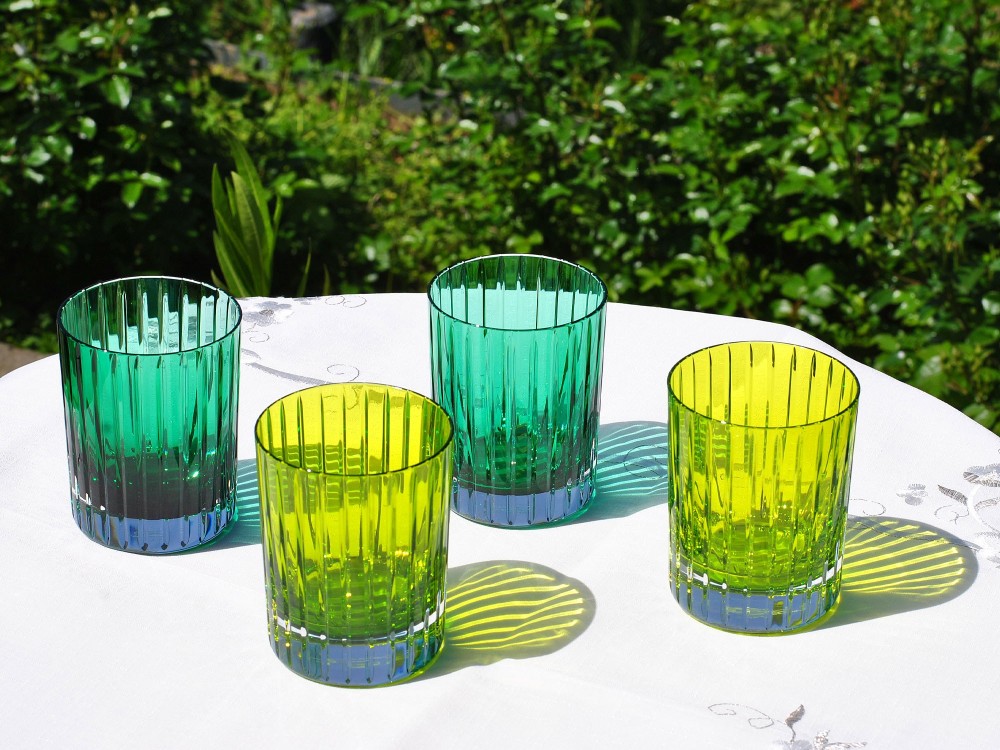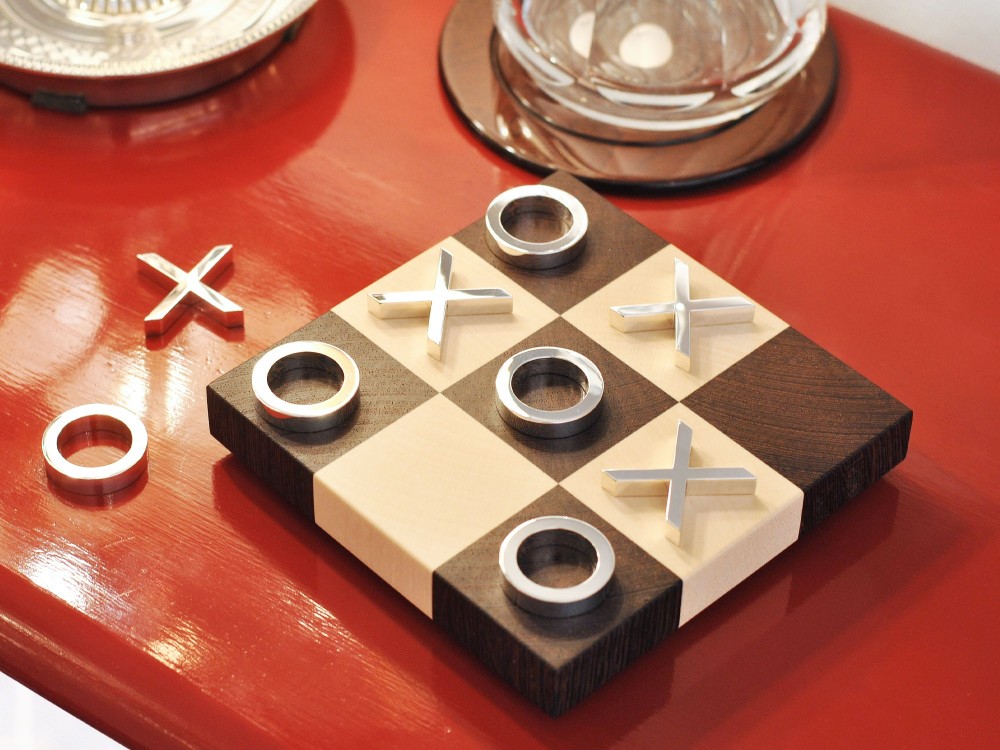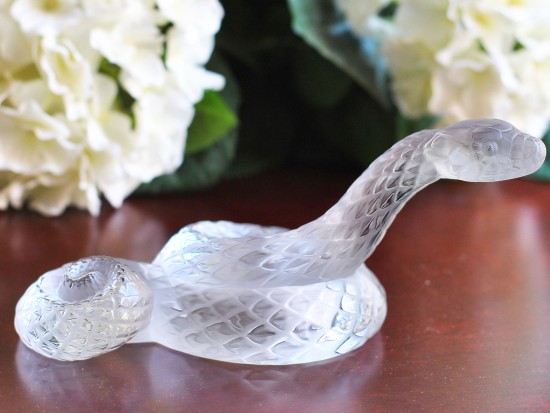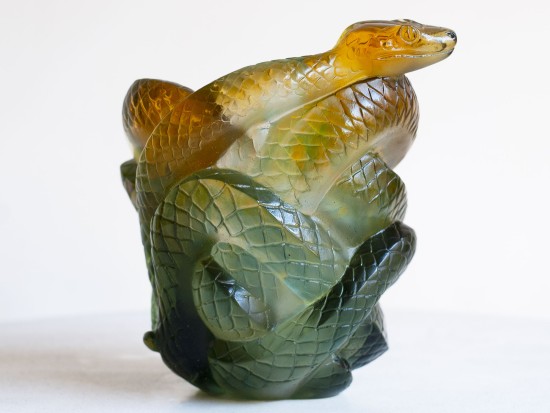
It is the Chinese calendar that finds its foundation in the astrological tradition, which developed in parallel with the traditional astronomy that governs our time. According to that calendar, there are twelve astrological signs that go to make up a twelve-year cycle; each year is represented by an animal, and this very year falls to the Serpent. Added to this cycle is a second one characterized by five elements: Wood, Fire, Earth, Metal, Water. These, in pairs of two years, form a ten-year period cycle; as the two cycles overlap, combinations are formed such as, for example, in the year just begun, the Wood Snake.
Several myths give a justification for the selection of these animals, their order and importance. One of the most peculiar tells that the Buddha, to announce his end on earth, summoned all living beings to himself but only twelve of them obeyed his call and to honor him he decided to name a solar year after each of them. In the context of Chinese astronomy, the meaning of the serpent is far from the attribution that tends to be given to this animal in the Western world: it is indeed understood as a small dragon, so all the people who are born in this year are the wisest and the most charming, of few words, but extremely generous; they find refuge in books, music, as well as in wine and conversation: their eloquence and grace are perfectly matched with new ideas, new topics and new stimuli. This is precisely the origin of the desire to create a gift and collectible object that enhances these noble and exceptional virtues, that can be unique, beautiful and sought after.
The figure of the snake is historically ambiguous, depending on the historical context and geography of certain cultures, this slithering animal has taken on a multiplicity of meanings far apart. Venom, proper to the snake, is itself an ambiguous concept, whose etymology comes from the Latin venum, hence, Venus: it can therefore be understood as a loving filter but also a fatal substance; it can on the one hand heal and on the other poison. Baccarat knows this well, which celebrates the Year of the Serpent with a representation that exalts the purity of the crystal, highlighting its poise, the sensuality given by its luster, and the intelligence of the upright position that scrutinizes what is in front of it. This representation elevates the wisdom and firmness typical of Chinese culture, detaching itself from the flattened and insinuating snake.
A different conception occurs in Genesis where the serpent plays a fundamental role in defining humanity and life as we know it.The insistence on the literal truth of the tale caused philosophers, theologians, priests, monks and visionaries, along with poets and artists to elaborate deep thought that reinforced the authenticity of the tale of the naked man and woman and the tempting serpent. The animal was thus established in the collective vision as the origin of the human decision to take, eat and share the forbidden fruit that led human beings to realize their existence, their condition and thus also, according to the tale, their nudity. The serpent is thus provocative, an animal that tempts man and leads him to error, to perform a forbidden act: it is therefore devious, attached to the ground and to matter. It takes its cue from this narrative in Daum's work, representing a snake not particularly close to Chinese culture, then gathered on itself in a magnificent shiny green vase, as well as in a pose that alludes to the progressive, monotonous, circular movement that ensures dynamism.
In ancient Greece the serpent has a different conception: the two myths of Laocoon and Medusa are examples. In both cases the serpent is an instrument used by the divinity to go against man. In the first case Athena sends two sea serpents against Laocoon and his two sons, the latter having doubted the goodness of the Greeks who had left as a gift to the Trojans the famous horse that will be fatal to them. In the Aeneid, the two animals strangle and kill the three men who will thus be unable to prevent the fall of Troy. In the second case Medusa, perhaps because of excessive beauty, perhaps as a simple revenge of Athena, is condemned to have snakes instead of hair and to petrify with them anyone who would look at her. A victim of this condition is the man who, attracted to her, is subject to a cruel fate. Ready to attack its prey like the Greek serpents, so Lalique's snake, satin-finished and in gold, reflecting the sunlight, seems to advance with decision and curiosity toward the observer, combining strength and lightness. A representation of charisma and creativity that sees the animal form an eight, which according to Chinese tradition brings good luck.
Both myth and religion inevitably inspired exceptional works of art and true masterpieces such as the Laocoon Group and Caravaggio's Shield with the Head of Medusa. Beyond these, however, the serpent will generally be depicted as slithering and crushed by man's foot, highlighting its superiority and human ability to overpower sin. All these stories, all this centrality in religious, historical and artistic terms, mean that even today the figure of the snake is still used in the making of ornaments, jewelry, sculptures. Baccarat, Daum and Lalique are examples of this since they seek to revive the values of ancient traditions, both Eastern and Western, by incorporating them into sculptures that, thanks to their numbered and handcrafted manufacture, can be connoted as works of art.





















